
The islands which now form the Republic of Kiribati have been inhabited for at least seven hundred years, and possibly much longer. The initial Austronesian peoples’ population, which remains the overwhelming majority today, was visited by Polynesian and Melanesian invaders before the first European sailors visited the islands in the 17th century. For much of the subsequent period, the main island chain, the Gilbert Islands, was ruled as part of the British Empire. The country gained its independence in 1979 and has since been known as Kiribati.

Tuvalu is an island country in the Polynesian subregion of Oceania in the Pacific Ocean, about midway between Hawaii and Australia. It lies east-northeast of the Santa Cruz Islands, northeast of Vanuatu, southeast of Nauru, south of Kiribati, west of Tokelau, northwest of Samoa and Wallis and Futuna, and north of Fiji.

The first inhabitants of Tuvalu were Polynesians, so the origins of the people of Tuvalu can be traced to the spread of humans out of Southeast Asia, from Taiwan, via Melanesia and across the Pacific islands of Polynesia.

The Gilbert Islands are a chain of sixteen atolls and coral islands in the Pacific Ocean, about halfway between Papua New Guinea and Hawaii. They constitute the main part of the country of Kiribati.

The Gilbert and Ellice Islands in the Pacific Ocean were part of the British Empire from 1892 to 1976. They were a protectorate from 1892 to 12 January 1916, and then a colony until 1 January 1976, and were administered as part of the British Western Pacific Territories (BWPT) until they became independent. The history of GEIC was mainly characterized by phosphate mining on Ocean Island. In October 1975, these islands were divided by force of law into two separate colonies, and they became independent nations shortly thereafter: the Ellice Islands became Tuvalu in 1978, and the Gilbert Islands with Banaba became part of Kiribati in 1979.
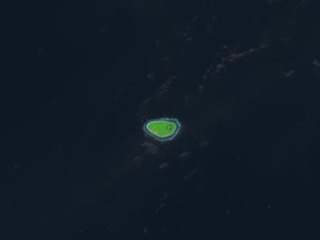
Niulakita is the southernmost island of Tuvalu, and also the name of the only village on this island. Niulakita has a population of 34. The residents of Niulakita have moved to the island from Niutao. Niulakita is represented in the Parliament of Tuvalu by the members of the constituency of Niutao.

Nui is an atoll and one of nine districts of the Pacific Ocean state of Tuvalu. It has a land area of 3.37 km2 and a population of 610.

Niutao is a reef island in the northern part of Tuvalu. It is one of the nine districts (islands) of Tuvalu. It is also one of the three districts that consist of only one island — not counting the three islets inside the closed lagoon. Niutao has a population of 582.
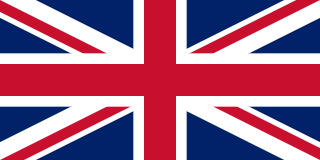
The British Western Pacific Territories (BWPT) was a colonial entity created in 1877 for the administration of a series of Pacific islands in Oceania under a single representative of the British Crown, styled the High Commissioner for the Western Pacific. Except for Fiji and the Solomon Islands, most of these colonial possessions were relatively minor.
The Christian Church of Tuvalu, is a Christian church and is the largest religious denomination in the country. This status entitles it to "the privilege of performing special services on major national events"; its adherents comprise about 86% of the 11,600 inhabitants of the archipelago.

Nikunau is a low coral atoll in the Gilbert Islands that forms a council district of the Republic of Kiribati. It consists of two parts, with the larger in the northwest, joined by an isthmus about 150 metres (490 ft) wide.

George Lewis Becke was at the turn of the nineteenth century, the most prolific, significant, and internationally renowned Australian-born writer of the South Pacific region. Having lived and worked among Pacific Islands and Islanders as a trader, ship's supercargo, and villager for some two decades, learning languages and observing natural and cultural life, Becke was prompted by J F Archibald of The Bulletin to write down his experiences, eventually becoming a popular and respected author of short stories, novellas, novels, as well as historic and ethnographic works.
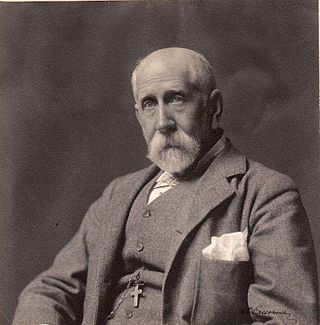
John T. Arundel was an English entrepreneur who was instrumental in the development of the mining of phosphate rock on the Pacific islands of Nauru and Banaba. Williams & Macdonald (1985) described J. T. Arundel as "a remarkable example of that mid-Victorian phenomenon, the upright, pious and adventurous Christian English businessman."

Charles Whibley was an English literary journalist and author. In literature and the arts, his views were progressive. He supported James Abbott McNeill Whistler. He also recommended T. S. Eliot to Geoffrey Faber, which resulted in Eliot's being appointed as an editor at Faber and Gwyer. Eliot's essay Charles Whibley (1931) was contained within his Selected Essays, 1917-1932. Whibley's style was described by Matthew as "often acerbic high Tory commentary".
Japanese presence in Kiribati dates back to the end of 19th and the beginning of the 20th century, when labourers were hired to work in Kiribati's phosphate mines. The migration of some workers and labourers from Okinawa was seen as early as 1860 and the Meiji era. As compared to the other Micronesian countries which came under Japanese rule in the first half of the 20th century, the majority of the Japanese consisted of transient workers and only a few settled in Kiribati. Since Kiribati became independent in 1978, a few Japanese have also taken permanent residence in Kiribati, and assumed important positions within Gilbertese society.
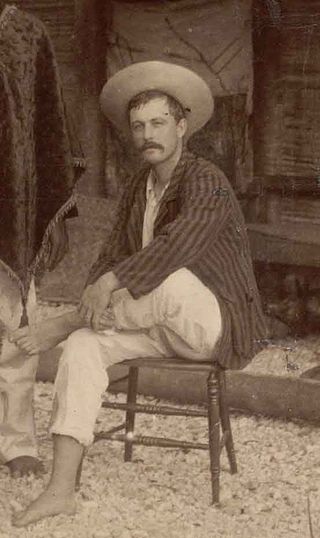
John Wilberforce "Jack" Buckland (1864–1897), also known as "Tin Jack", was a trader who lived in the South Pacific in the late 19th century. He travelled with Robert Louis Stevenson and his stories of life as an island trader became the inspiration for the character of Tommy Hadden in The Wrecker (1892).

Leonard Whibley was a British scholar who edited A Companion to Greek Studies from 1905 to 1931.
Alfred Restieaux (1832–1911) was born in Paris, France, and came from a family of French descent. His grandfather was a French nobleman who escaped the guillotine during the French Revolution. At the age of 16 he migrated to Australia and later he travelled to South America and North America. He later became an island trader in the central Pacific. From 1867 to 1872 he had dealings with Ben Pease and Bully Hayes, two of the more notorious captains of ships and blackbirders that operated in the Pacific at that time.
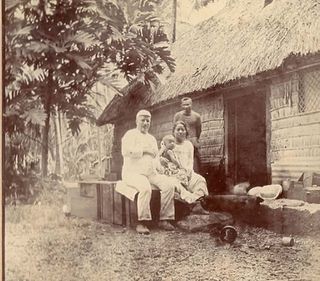
Christian Martin Kleis (1850–1908), known as Martin Kleis, was born in Denmark and died in the Ellice Islands (Tuvalu). Kleis was the resident trader on Nui in the late 19th century.
William Telfer Campbell , born in India, was the second Resident Commissioner of the Gilbert and Ellice Islands protectorate, from 1895 to 1909.
















